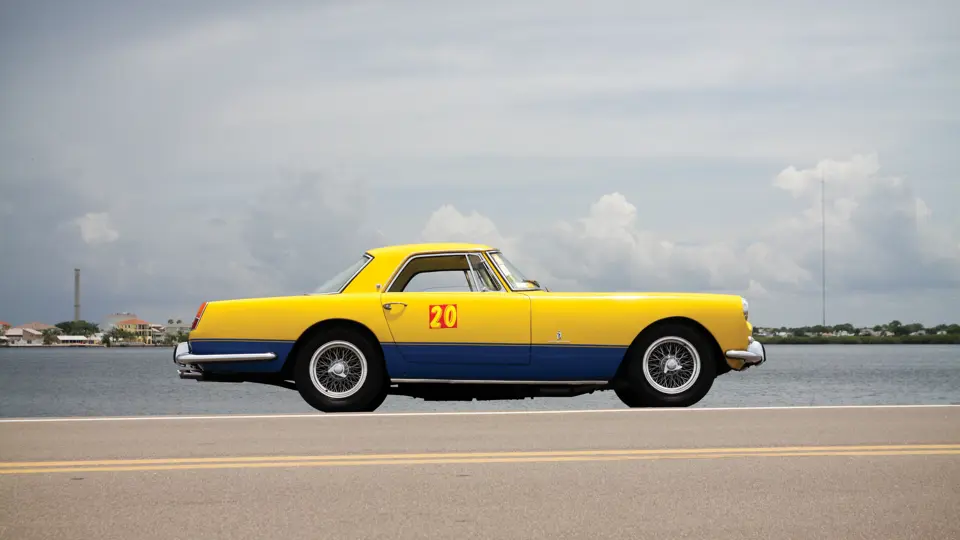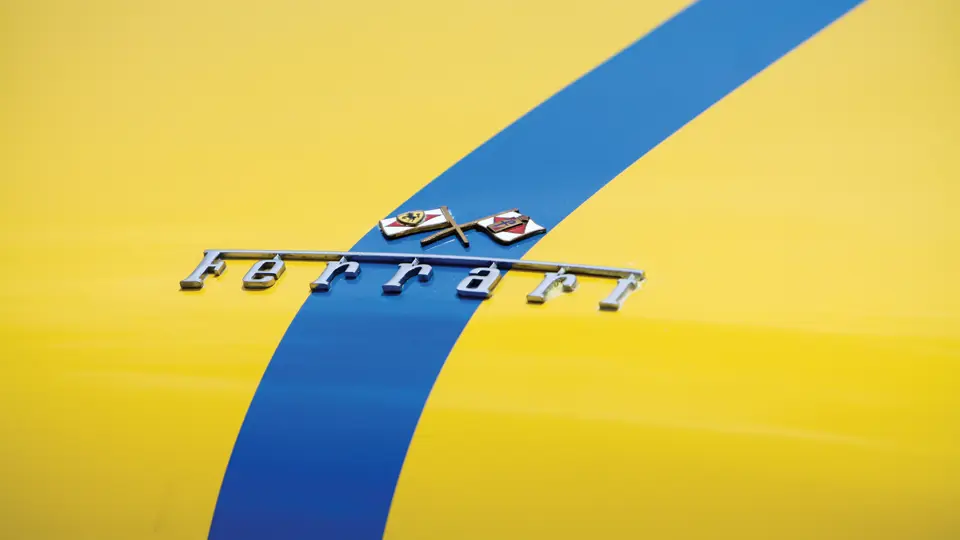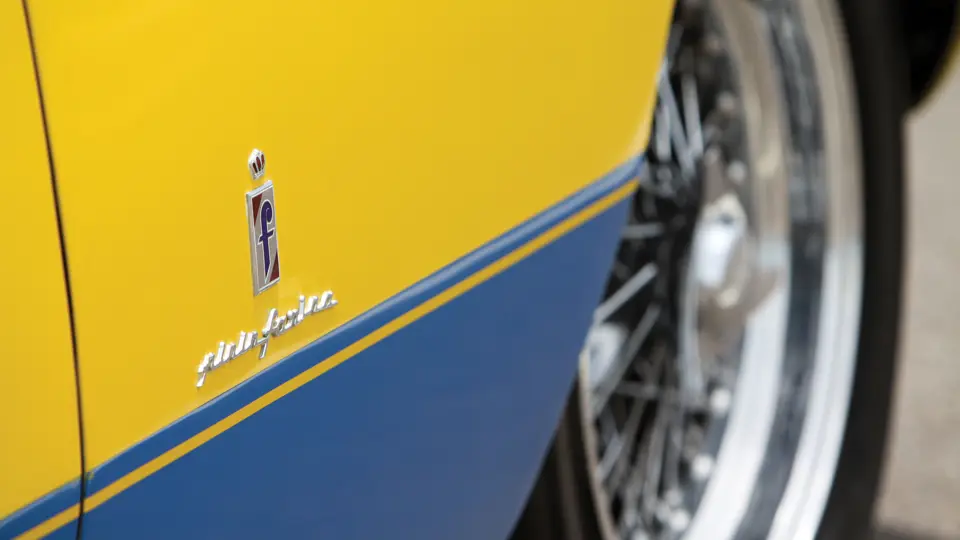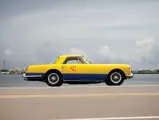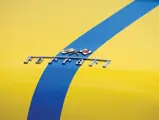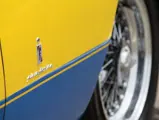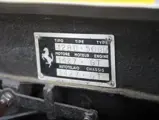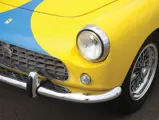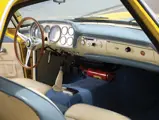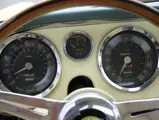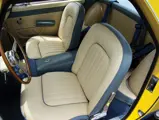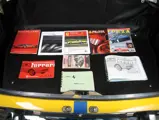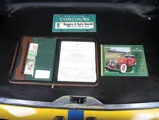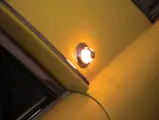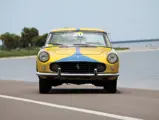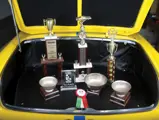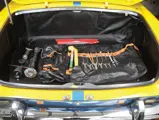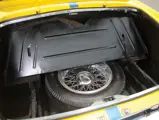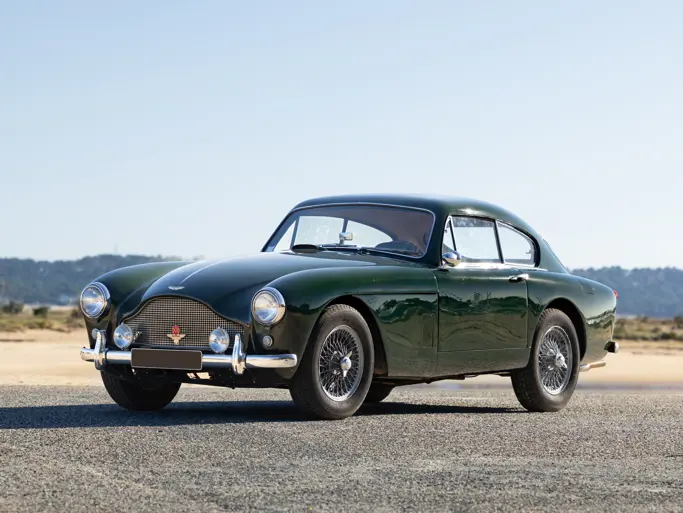240 hp, 2,953 cc single overhead-camshaft V-12 engine with triple twin-barrel downdraft Weber carburetors, four-speed manual gearbox, front double-wishbone suspension and semi-elliptic leaf spring and solid axle rear suspension, and four-wheel drum brakes. Wheelbase: 102.25 in.
After years of racing success, Enzo Ferrari sought to bring some financial stability to the automaker that bore his name. Ferrari’s first foray into regular production grand touring road cars was unveiled to the public at the 1954 Paris Motor Show as the 250 Europa GT. An attractive, if rather sedate-looking, car, the 250 Europa GT’s Pinin Farina-penned lines clothed its racing-derived Colombo V-12 engine. Other coachbuilt versions of the 250 GT followed, but Enzo kept after Pinin Farina to design an elegant 250 GT Coupe follow-up to the well-received 250 GT Boano and Ellena in the late 1950s.
With its 1958 debut in Milan, the 250 GT Pinin Farina Coupe was a grand touring car with a distinctive style that would mark the face of Ferrari for years to come. Between its introduction and its eventual discontinuation in 1960, Pinin Farina’s Grugliasco, Italy, plant crafted 353 examples of the new series production car. Of course, calling any early Ferrari a “series production” vehicle is a bit of a misnomer, since each was hand built and typically pre-sold to a well-heeled buyer.
Understated, as much as that term can be used to refer to a Ferrari, the 250 GT Coupe was notable for its lengthy hood and its cabriolet-with-hardtop side profile. In fact, its short roof, which is devoid of rear quarter windows, gives it a distinctly roadster-like feel inside, at least until the driver looks up and sees a well-finished headliner instead of a folding cloth roof. Seeking to promote the 250 GT Coupe as a tourer, Ferrari included luxurious leather trim, sound deadening, thick carpeting, and a sophisticated climate control system.
Underneath, a 240 horsepower version of the mighty Colombo V-12 sent power to the rear wheels. It was, essentially, a detuned version of the race-winning V-12 Ferrari put in competition cars and featured three twin-choke Weber downdraft carburetors and 8.8:1 compression. Among the fastest GT cars of its era, it sprinted to 62 mph in less than seven seconds before topping out at 141 mph, besting competitive Aston Martin, Jaguar, and Maserati performance coupes.
Believed to have been raced on frozen lakes by a former Swedish owner in the early 1960s, it is finished today in an unusual and striking Swedish racing tribute color scheme. As such, chassis 1427GT’s unmistakable livery has been well known throughout the Ferrari world. As a regular at Ferrari events like the Cavallino Classic in Palm Beach, it is available now after decades of dedicated ownership.
Its extensive history indicates that 1427GT’s rolling chassis was sent from Maranello to Pinin Farina’s new factory in Grugliasco, on the southern edge of Turin, in late 1957. By August of 1958, Pinin Farina had completed the car, marking the 180th of a total of 353 units built.
It was dispatched from the factory in Grigio Scuro (Dark Grey - MM 13420) with Naturale (Tan) upholstery and sold new in Bologna before making its way to Sweden a few years later. By the late 1960s, it was imported to the U.S.
In the mid-1980s, the car's then Massachusetts-based, current owner acquired it from storage in New England, whereupon the car's first resuscitation was documented in the Ferrari Club of America's Prancing Horse. The article was subsequently translated into Italian and shown to Enzo Ferrari himself, who sent the owner an autographed picture to show his appreciation.
Continuing the restoration by specialists, the owner consulted with Sergio Pininfarina about small details before completion in the late 1980s. Since then, it has been meticulously preserved, enjoyed, and maintained. The winner of numerous regional Ferrari show awards, it has also been on display at the most recent Cavallino gatherings at The Breakers in Palm Beach and has participated enthusiastically at track events.
Showing little age since its restoration, the 250 GT is eye-catching in its unique paint scheme. Under the hood, its Colombo V-12 has undergone a substantial recent mechanical rebuild, with the engine bay properly detailed as well. Modern safety-enhancing interior upgrades include seat belts and racing restraints and a fire extinguisher. Included with the sale are a number of valuable items, including a complete second set of keys, an original 1958 Ferrari Owner’s Handbook (for all 250s and with 179 pages), an original 1958 Ferrari sales brochure, reproduction owner’s and parts manuals, and a beautiful, complete, and original tool roll and a car cover. Several magazines also accompany the sale, including two issues of the Prancing Horse, which feature this car. In addition, the owner feels that the seven show trophies the car earned should be passed onto its next caretaker.
As an early production PF Coupe, it should be noted that 1427GT is fitted with its correct inside-plug engine and drum brake configuration. So equipped, this version has become increasingly rare, as many have been used over the years to create the most accurate of 250 Testa Rossa replicas. Awaiting its next owner today, this Ferrari 250 GT Pinin Farina Coupe serves as a rolling tribute to the diverse and enthusiastic owners Ferrari courted in its earliest days.
Titled as 1960.
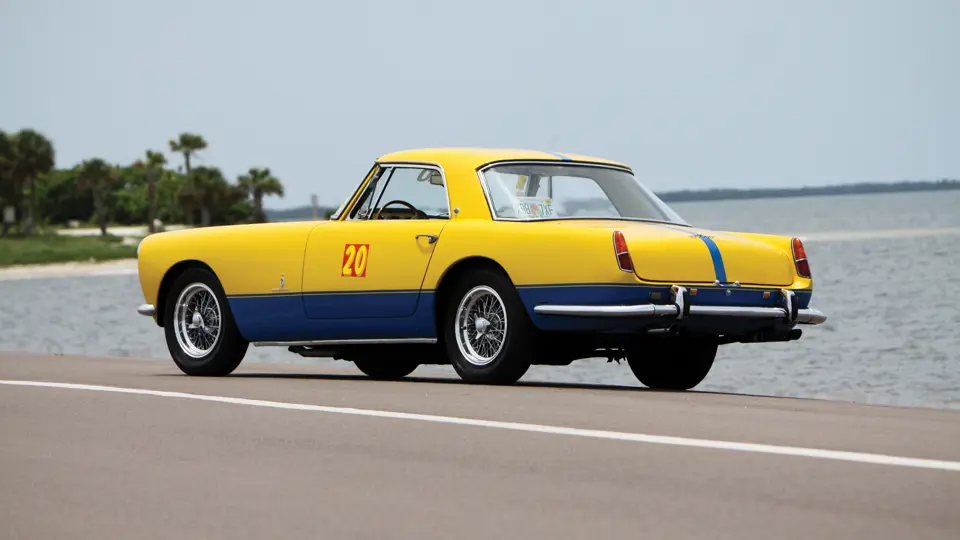

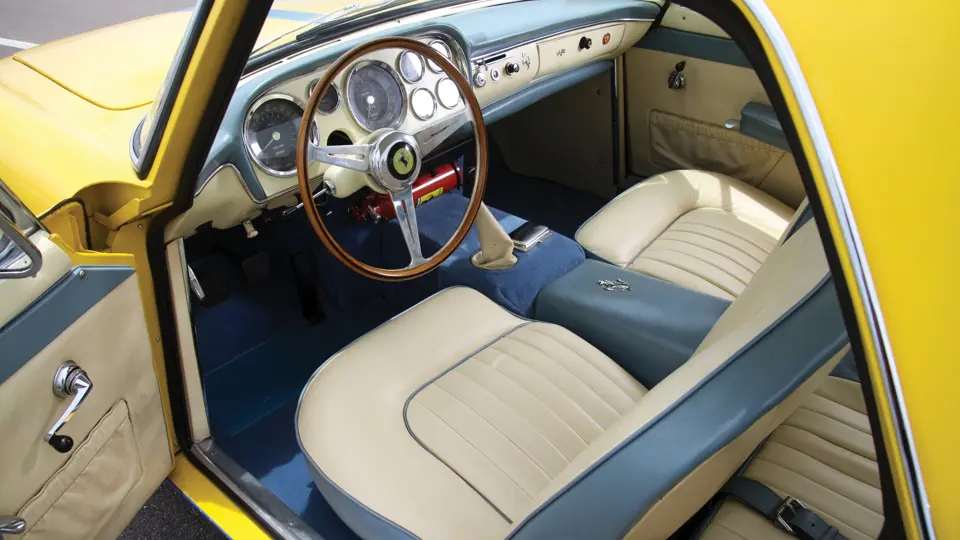

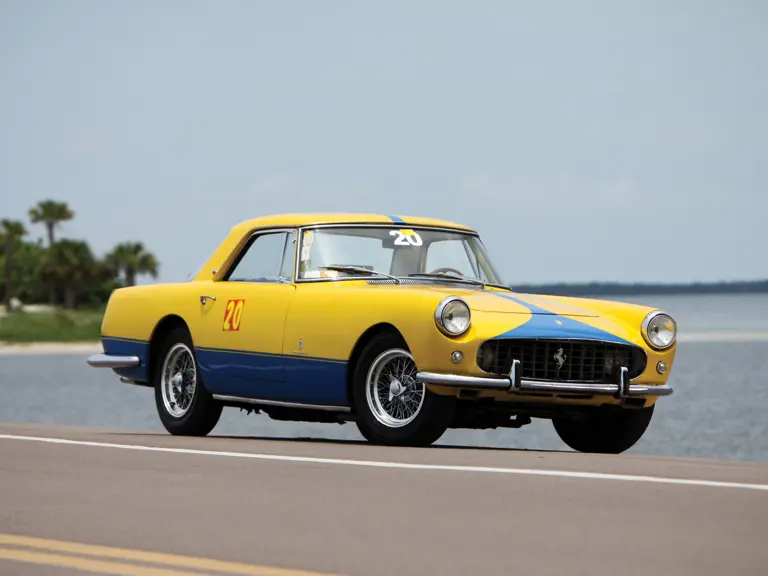
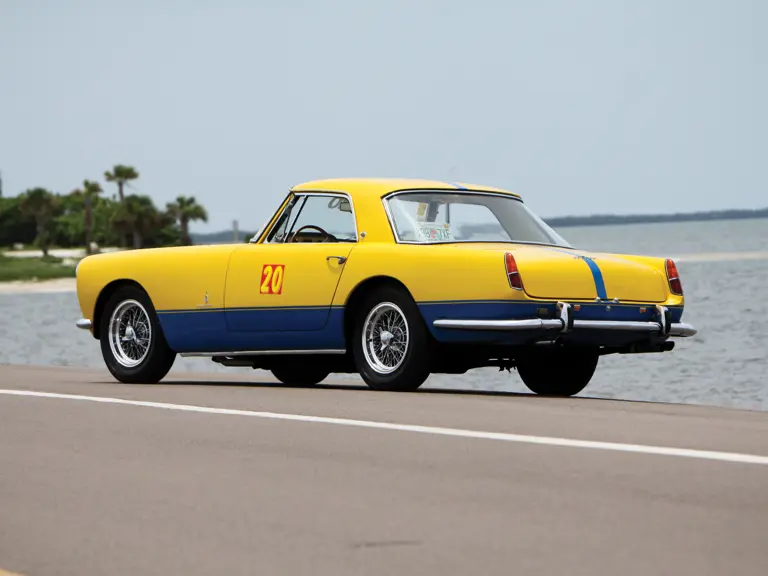
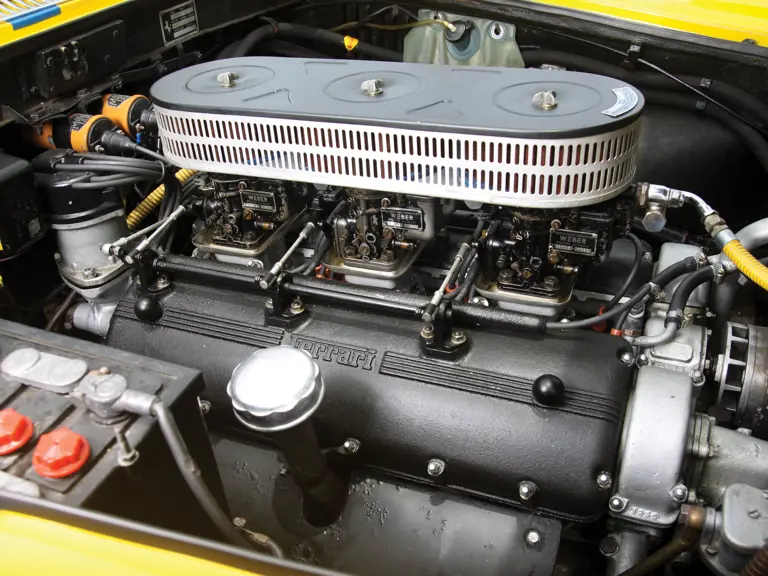
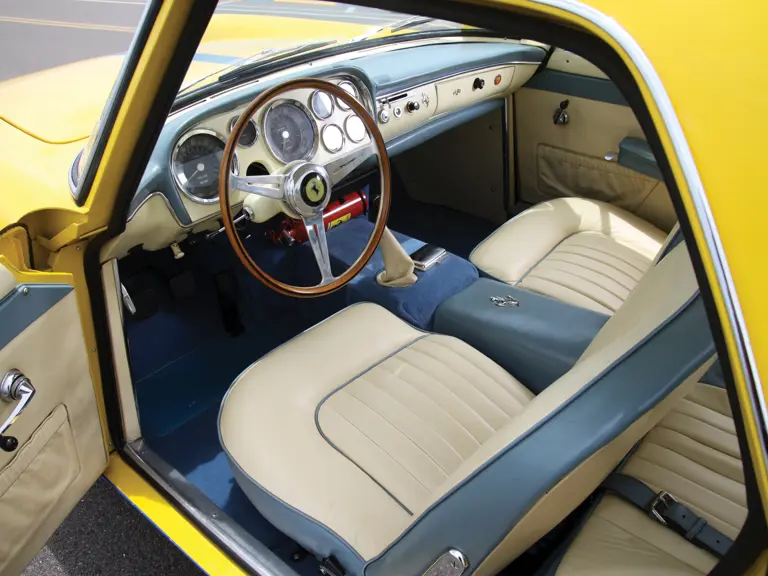

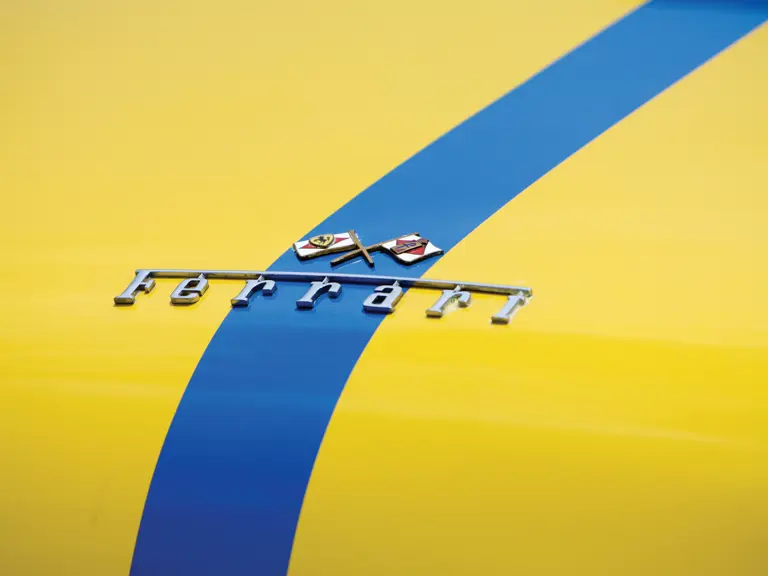
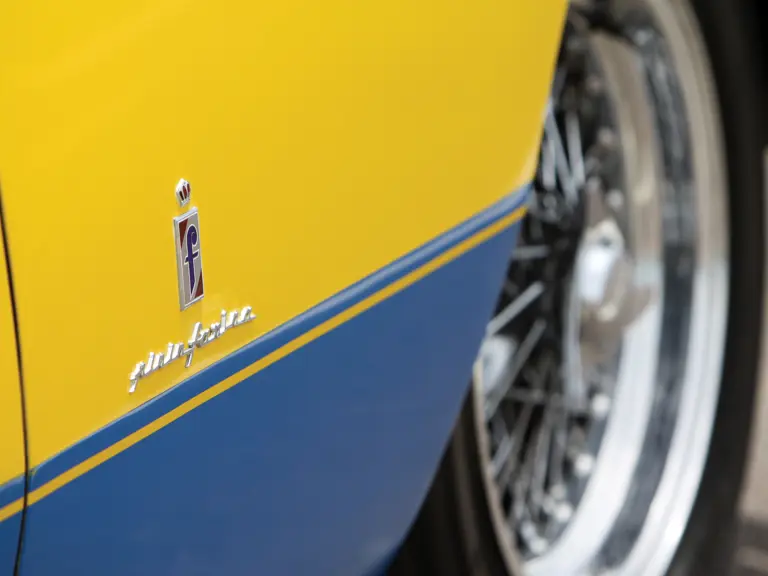


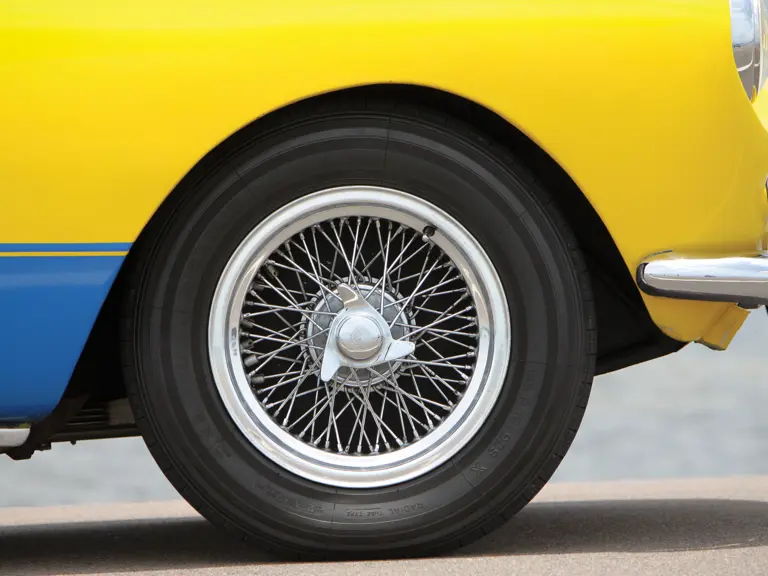
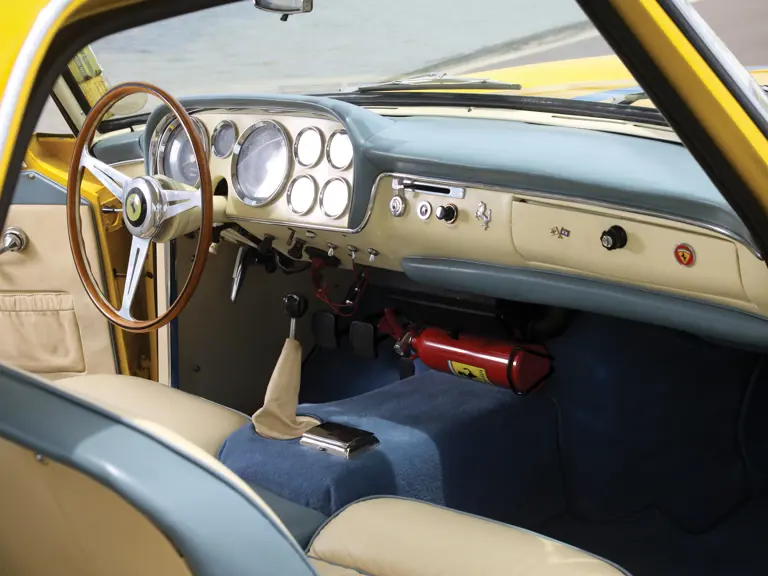
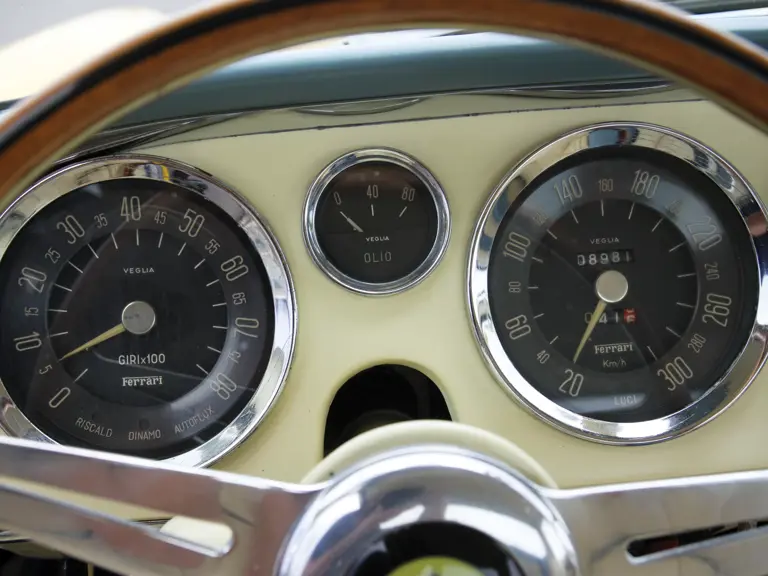
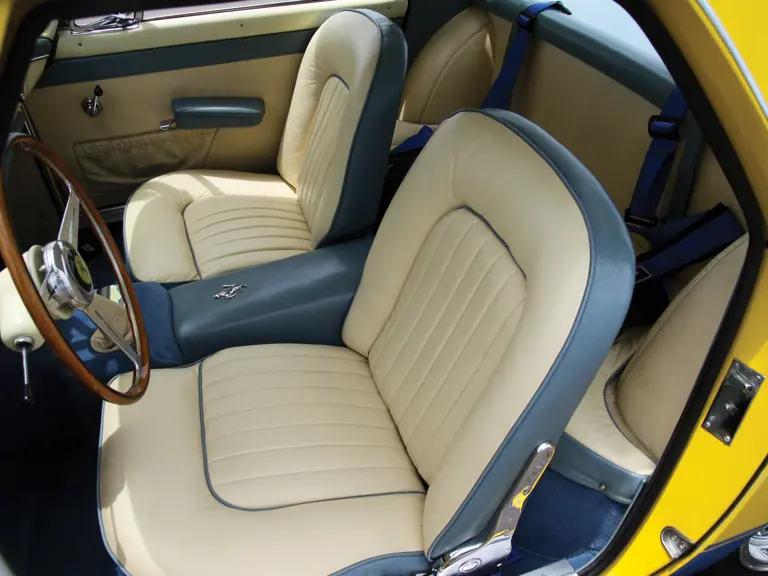
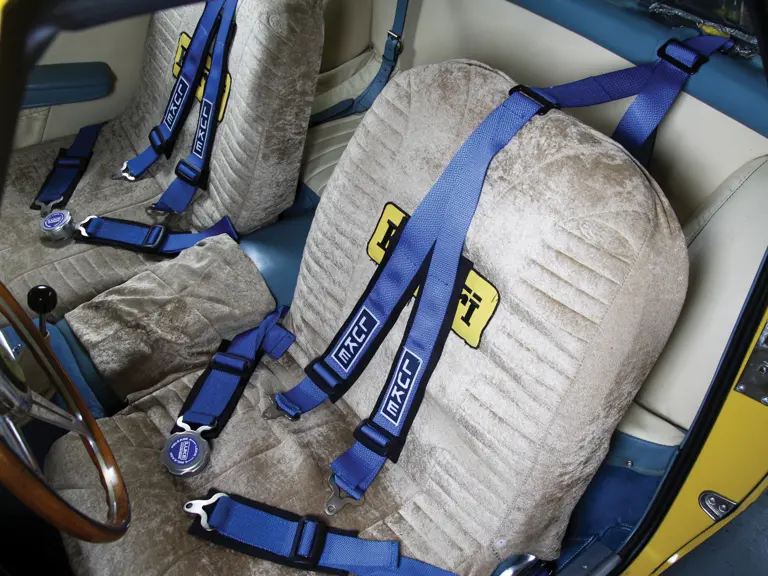
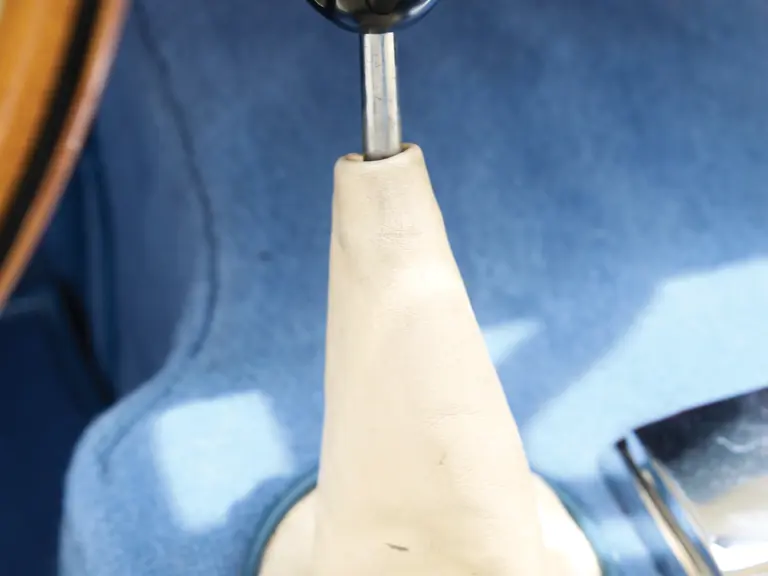
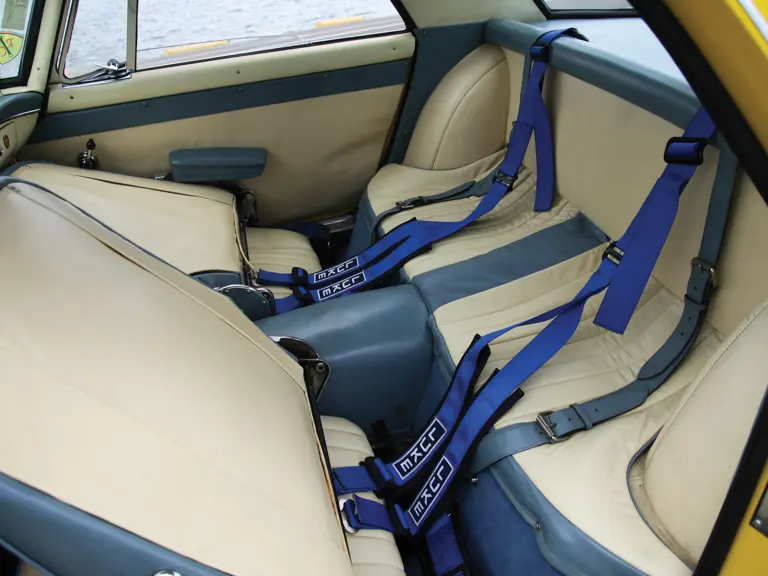
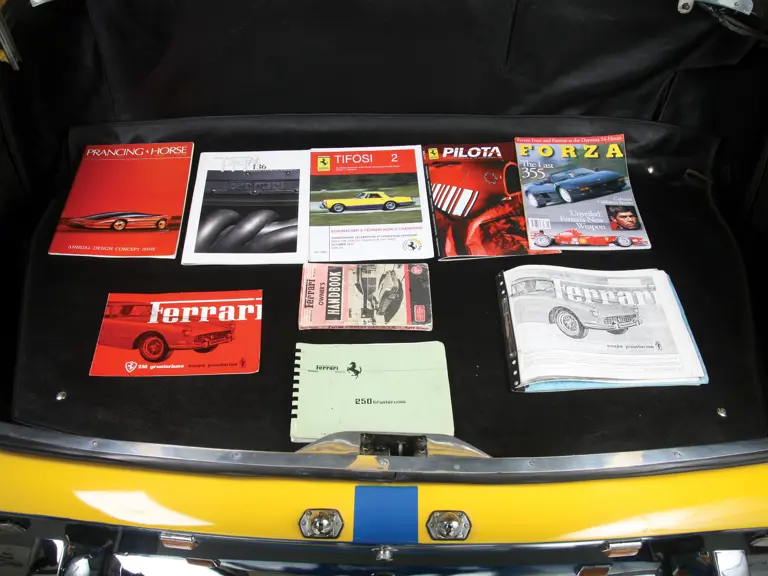
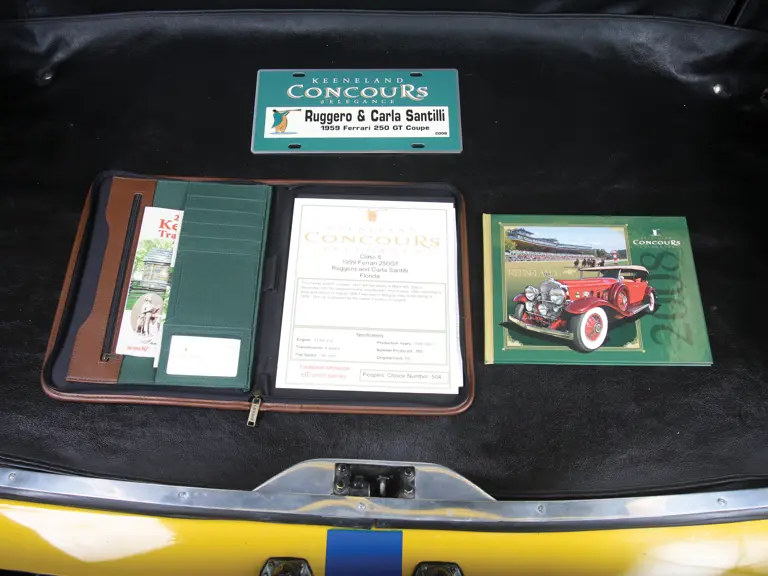
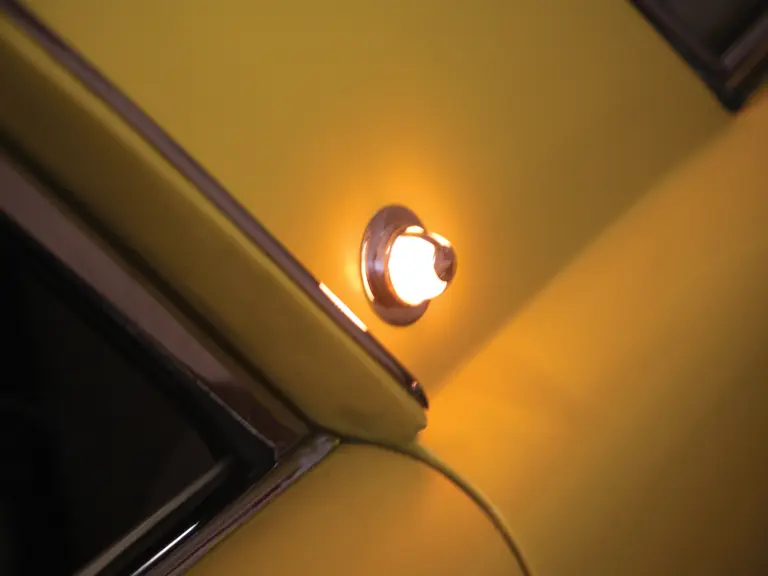

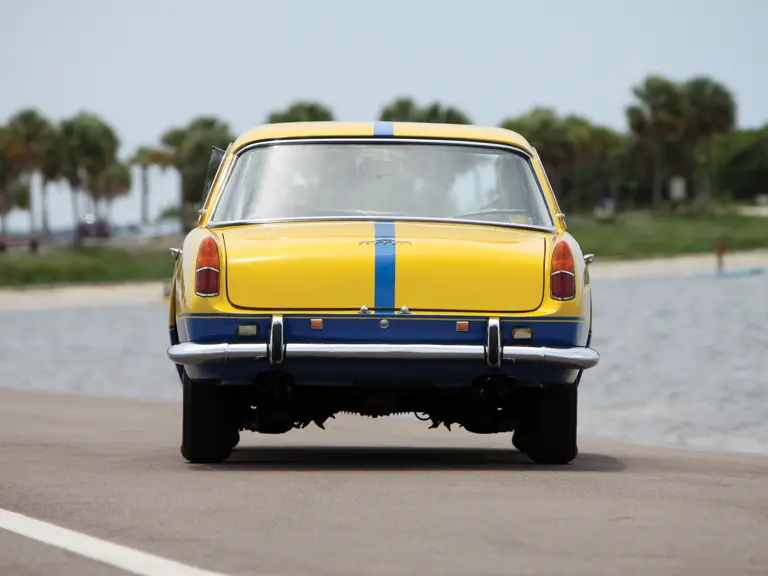
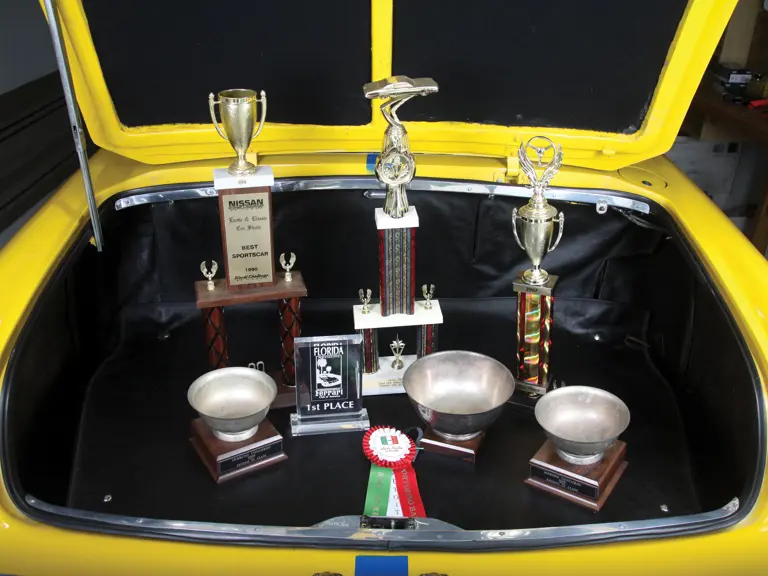
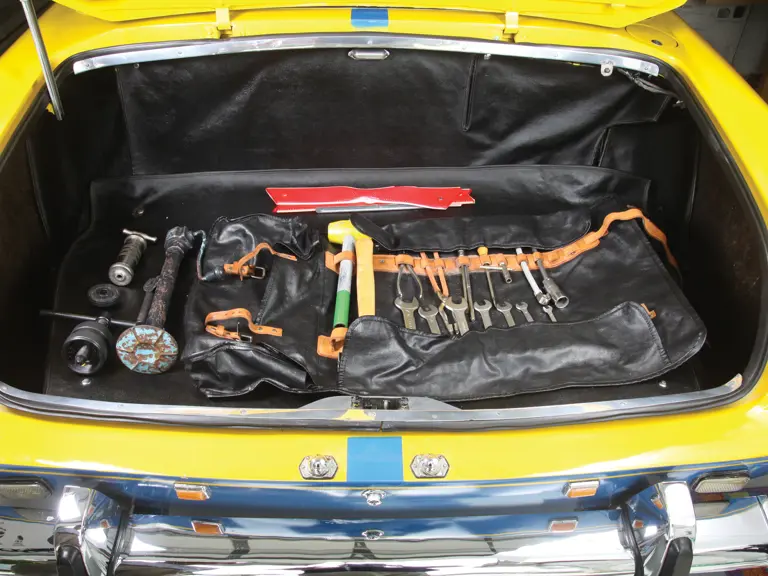


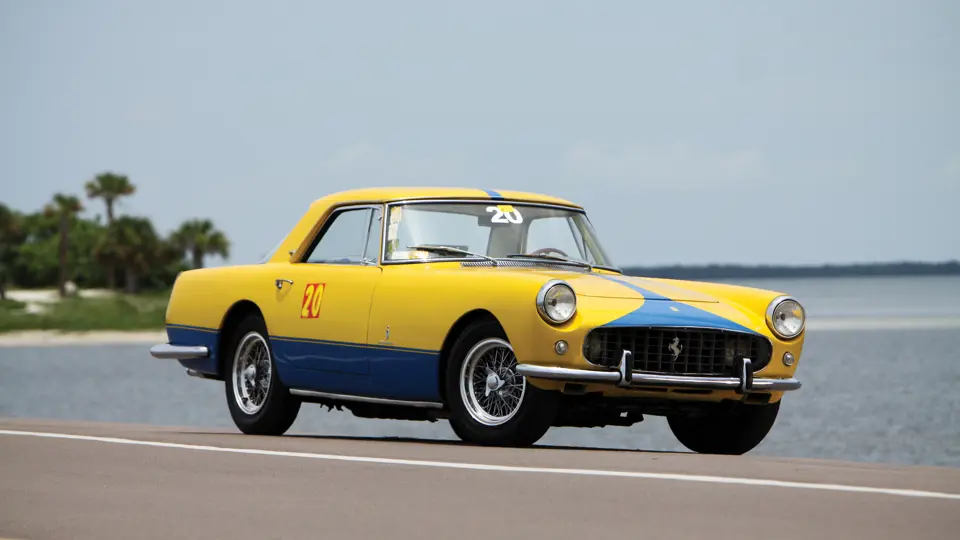
 | Monterey, California
| Monterey, California
